Delving into pulse taking in Chinese medicine
Both Eastern and Western medicine practitioners use the pulse to assess the state of your body. However, how they do it and what they are looking are surprisingly different. While both practitioners usually feel the pulse at the radial artery (on the wrist), you might notice that your Chinese medicine doctor spends a lot longer on the pulse and may go back to check your pulse multiple times during treatment. This week I want to demystify why this is, what a Chinese medicine doctor can tell from your pulse, and why it matters.
Western medicine pulse- taking techniques are quite simple, using the pulse to look for signs of cardiac or respiratory distress, by counting the number of beats and speed of the pulse. The Chinese medicine system of pulse-taking also involves checking the speed and number of beats, but it also includes assessment of the quality of the pulse on different parts of the pulse. The qualities are the subjective feeling of the pulse, and are often described through image and metaphor. For example:
a ‘choppy’ pulse is felt to have the quality of a rough sea
a ‘wiry’ pulse is felt like a thin wire under the finger.
This is a technique that has been refined over 2,000 years and it can tell your practitioner a lot about what is causing your symptoms and how to correct this imbalance.
Chinese medicine breaks the radial pulse into different regions and each region correlates to an organ and a meridian in the body. The regions and qualities of the pulse are difficult to grasp and take years to master, but the image below shows some of the regions of the pulse a Chinese doctor will look at.
Changes on one part of the pulse indicates something occurring in the organ or meridian that correlates to it. We use the quality of those changes to assess what is happening in that meridian or organ. For example, if the pulse quality we are feeling is felt as ‘hard’, we might interpret that there is something in excess that needs to be moved or removed from that meridian. If the pulse is felt as ‘weak’ and ‘empty’ in one position, we might need to nourish or tonify that meridian.
The overall goal of acupuncture treatment is to bring the positions of the pulse into a state of balance. At the start of acupuncture treatment, your Chinese medicine practitioner will assess what imbalances are occurring as indicated by the pulse, for example, which regions are in excess and which are deficient. These imbalances on the pulse indicate the imbalance in your body that is leading to your symptoms. Once we have commenced treatment, the pulse can also tell us if the treatment we are applying is correct. Ideally, your practitioner will check your pulse throughout the treatment and assess whether the pulse is moving towards a more balanced state. In this way, your body is in control of the session and the treatment is going to be completely suited to you. By the end of the treatment, the pulse should have moved closer to a state of balance. By moving the body towards a state of balance, we aim to relieve symptoms and this will be made evident by changes on your pulse.
The pulse is an incredible diagnostic tool (and it is not the only one - check out my article on tongue diagnosis here!) It tells us not only where the problem is but what has happened in that area. Once we understand what has happened in the meridian or organ, the pulse tells us what we need to do to correct the issue.
If you are interested in seeing the beauty of this pulse taking system in practice, and the power it has in assisting with relieving symptoms, book an appointment to see me in clinic!
Image References:
https://tonikahealth.com.au/pulse-diagnosis-in-acupuncture/

